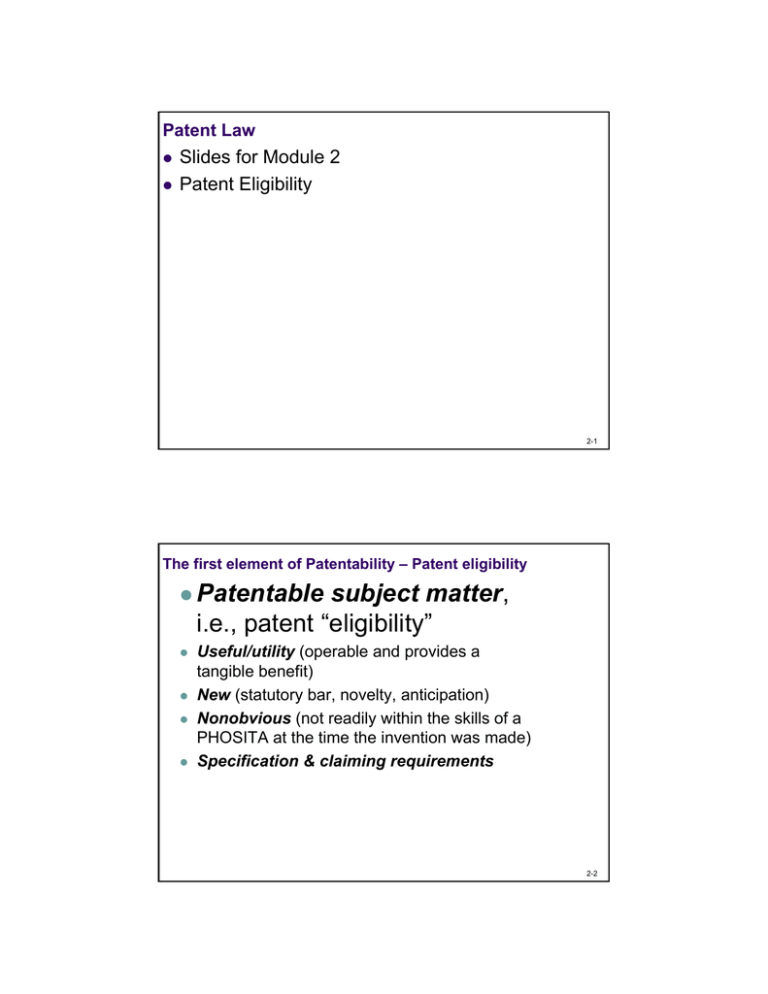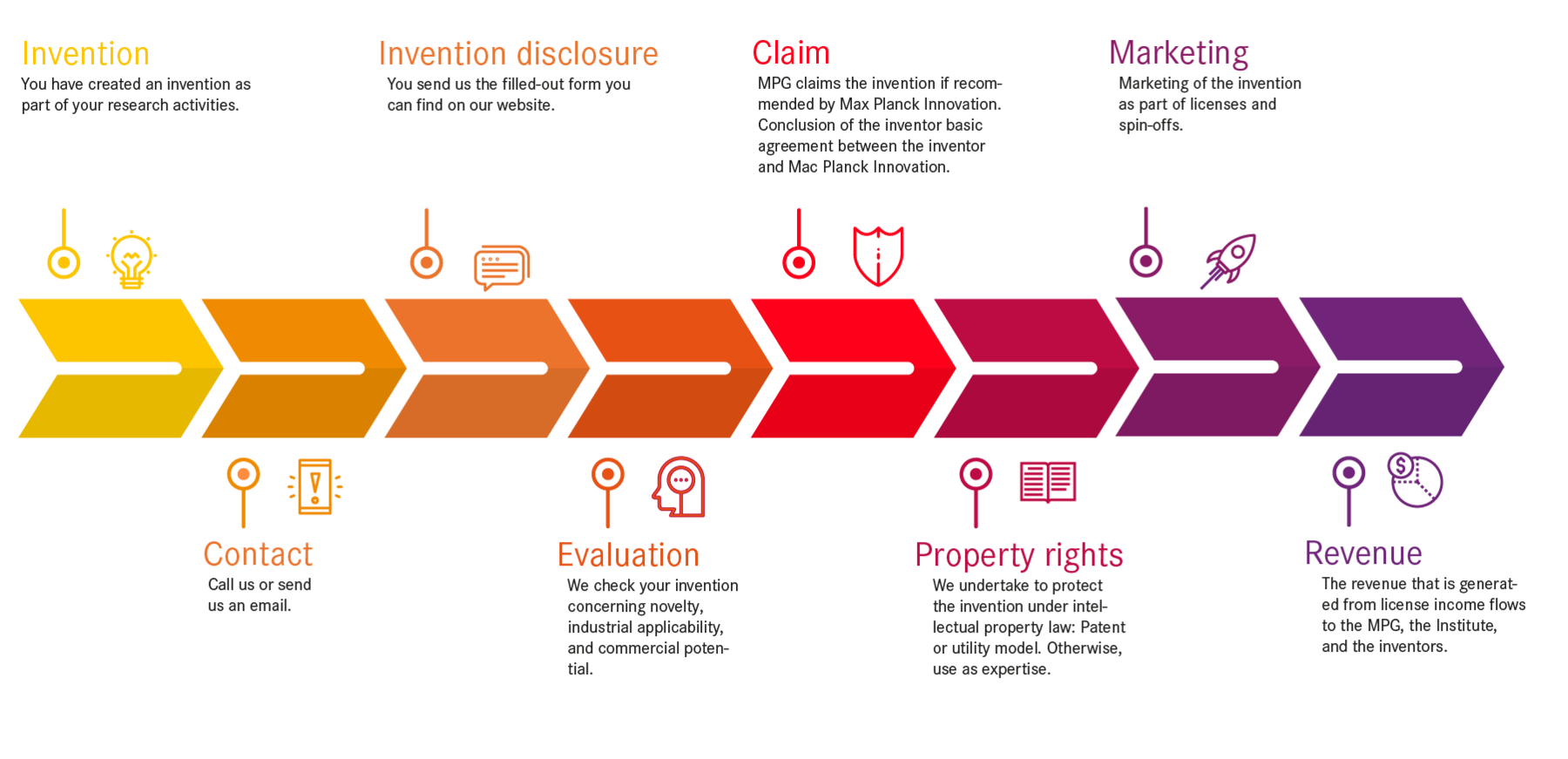An Unbiased View of Patents - UW CoMotion
The Facts About The Patentable Invention - Penn Law: Legal Scholarship Uncovered

Today, there are numerous other parts of the world that have even more expansive views of what can be patented, consisting of Europe, Australia and even China. The great news, nevertheless, is that the extraordinary and rather mysterious departure by the Supreme Court from conventional U.S. ideas has actually mostly been restricted (if not solely confined) to software and particular biotechnology innovations.

has actually dominated for over a generation because of our pro-innovation, pro-patent stance. So, yes, it is awful that the Supreme Court is tossing away the U.S. benefit, but for many independent creators the type of developments that you will be dealing with will not likely be impacted by the new, excessively restrictive view of what certifies as patent eligible in America.

Tangibility, although not the test that will be applied, end up fixing practically all (if not all) of the issues inventors may deal with at the Patent Office. The 2nd aspect of 101 connects to utility, another so-called limit requirement for patentability. To please the requirements of 101 it is not only essential to show that the subject matter of the development is patentable, but the patentee is likewise required to demonstrate that the declared development is "helpful" for some purpose.

4 Simple Techniques For Elements of Patentability - Technology Transfer - Sponsored
The utility requirement discovers its structure in the belief that a creation that is inoperative is not a "beneficial" innovation within the significance of 101 and, therefore, does not should have patent defense. For a declared creation to violate the energy requirement it should be "totally incapable of attaining a beneficial outcome." For that reason, a creation that is at least partially useful will passes muster under 101 and the USPTO will not issue an utility rejection.
Notwithstanding the very low utility hurdle, claimed inventions can and do stop working the utility requirement. product idea that stops working the energy requirement does so for one of 2 factors. Initially, an applicant can fail to recognize any specific utility for the innovation or fail to divulge sufficient info about the development to make its utility right away evident to those knowledgeable about the technological field of the invention.
UNDER MAINTENANCE